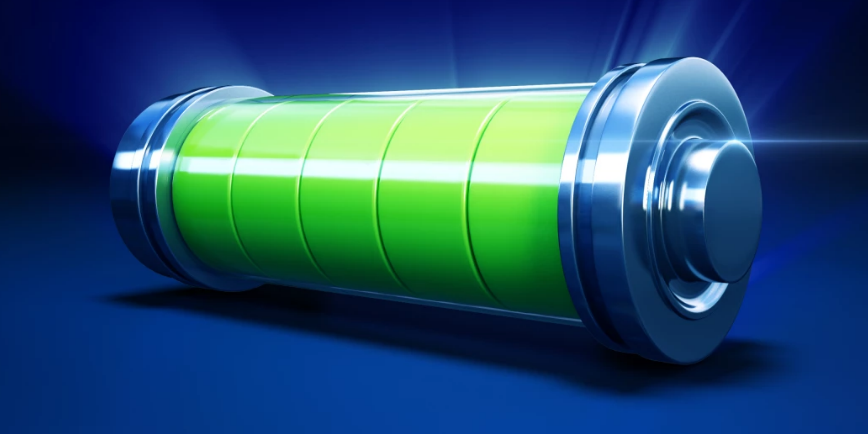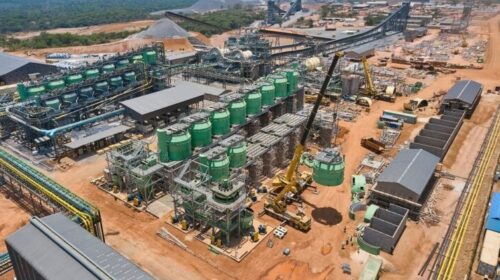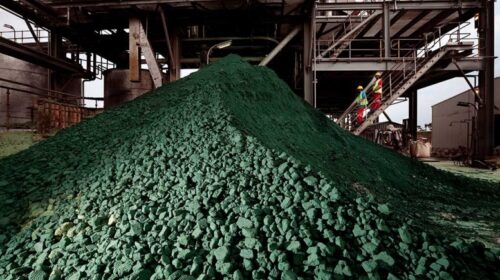Lithium-ion batteries need to be greener and more ethical
A low-carbon future rests on an essential, yet also problematic, technology. Lithium-ion rechargeable batteries — already widely used in laptops and smartphones — will be the beating heart of electric vehicles and much else. They are also needed to help power the world’s electric grids, because renewable sources, such as solar and wind energy, still cannot provide energy 24 hours a day. The market for lithium-ion batteries is projected by the industry to grow from US$30 billion in 2017 to $100 billion in 2025.
But this increase is not itself cost-free, as Nature Reviews Materials explored in a recent series of articles. Lithium-ion technology has downsides — for people and the planet. Extracting the raw materials, mainly lithium and cobalt, requires large quantities of energy and water. Moreover, the work takes place in mines where workers — including children as young as seven — often face unsafe conditions.
Policymakers, industry leaders and researchers need to mitigate these problems, and quickly, to reduce the unintended consequences of an important technology. One crucial intervention, which needs further study, is the acceleration of battery reuse instead of, or in addition to, recycling them or disposing of them in landfills.The rise and rise of lithium
Around one-third of the world’s lithium — the major component of the batteries — comes from salt flats in Argentina and Chile, where the material is mined using huge quantities of water in an otherwise arid area. Battery-grade lithium can also be produced by exposing the material to very high temperatures — a process used in China and Australia — which consumes large quantities of energy. There are ways to extract lithium more sustainably: in Germany and the United Kingdom, for example, pilot projects are filtering lithium from hot brines beneath granite rock.
Cobalt is an important part of a battery’s electrode, but around 70% of this element is found in just one country: the Democratic Republic of the Congo (DRC). Around 90% of the DRC’s cobalt comes from its industrial mines (90,000 tonnes annually). But in a country where people earn, on average, less than $1,200 annually, the world’s demand for cobalt has attracted thousands of individuals and small businesses, called artisanal miners — and child labour and unsafe working practices are rife.
Chemists are researching ways to replace cobalt with more abundant metals such as iron or manganese
Many countries are aware that mining needs to be done responsibly and more sustainably. Yet some are advocating policies — especially in battery recycling — that risk having a detrimental impact on the environment
The European Union, for example, requires companies to collect batteries at the end of their life and either repurpose them or dismantle them for recycling. The current requirement is for 45% of the EU’s used batteries to be collected — but few of these are lithium-ion batteries. This is partly because such batteries are often built into the devices they power and are hard to dismantle, or the devices themselves are valuable, which means they are likely to be exported for resale and disappear from the EU unreported. Meanwhile, the EU is considering a 70% target for batteries to be collected by 2030. In addition, it wants 4% of the lithium in new batteries made in the EU to be from recycled material by 2030, increasing to 10% by 2035.
Such requirements could have unintended consequences. As batteries improve, they will last longer. But if the EU mandates a higher collection rate, companies might feel compelled to take them out of service prematurely — to meet the numerical collection target — even though they could still have useful life left.
Similarly, there could be adverse consequences to mandating the inclusion of more recycled material in lithium-ion batteries. There’s already a shortage of recycled material. So, to satisfy the new recycling rules, Europe’s manufacturers could, perversely, need to import recycled material, in particular from China — which, along with South Korea, has become an important global centre for battery recycling. This would have a considerable carbon footprint. There is also a risk that battery production will stall because there isn’t enough recycled material available.
Battery reuse is one potential solution that more countries should be considering — a target for reuse is not yet part of the EU proposal. Although batteries do eventually run out completely, many are taken out of use when they have merely become inefficient for a particular use, such as powering a car, but still have plenty of life in them for less-intensive applications, such as renewable-energy storage, as Anke Weidenkaff at the Fraunhofer Research Institution for Materials in Germany and her colleagues.
Without incentives in place for battery reuse and repurposing, incinerating batteries or sending them overseas for recycling will remain more economical. A shift in thinking is needed: scientists should consider how materials can be recycled, reused and repurposed as they design them.
Batteries are crucial for Earth’s low-carbon future. It’s in everyone’s interests to make sure they are clean, safe and sustainable.
![]()





